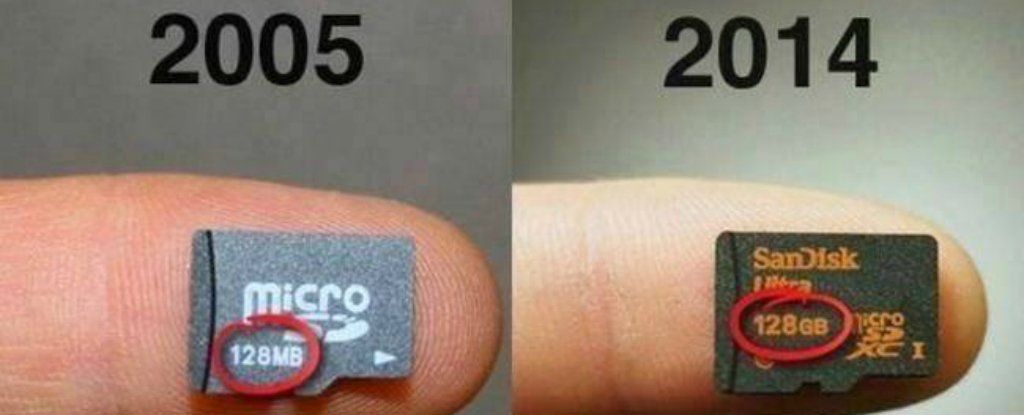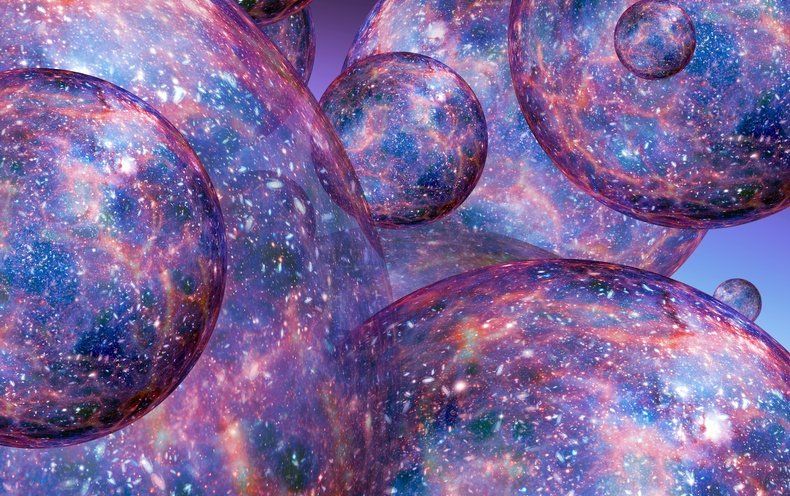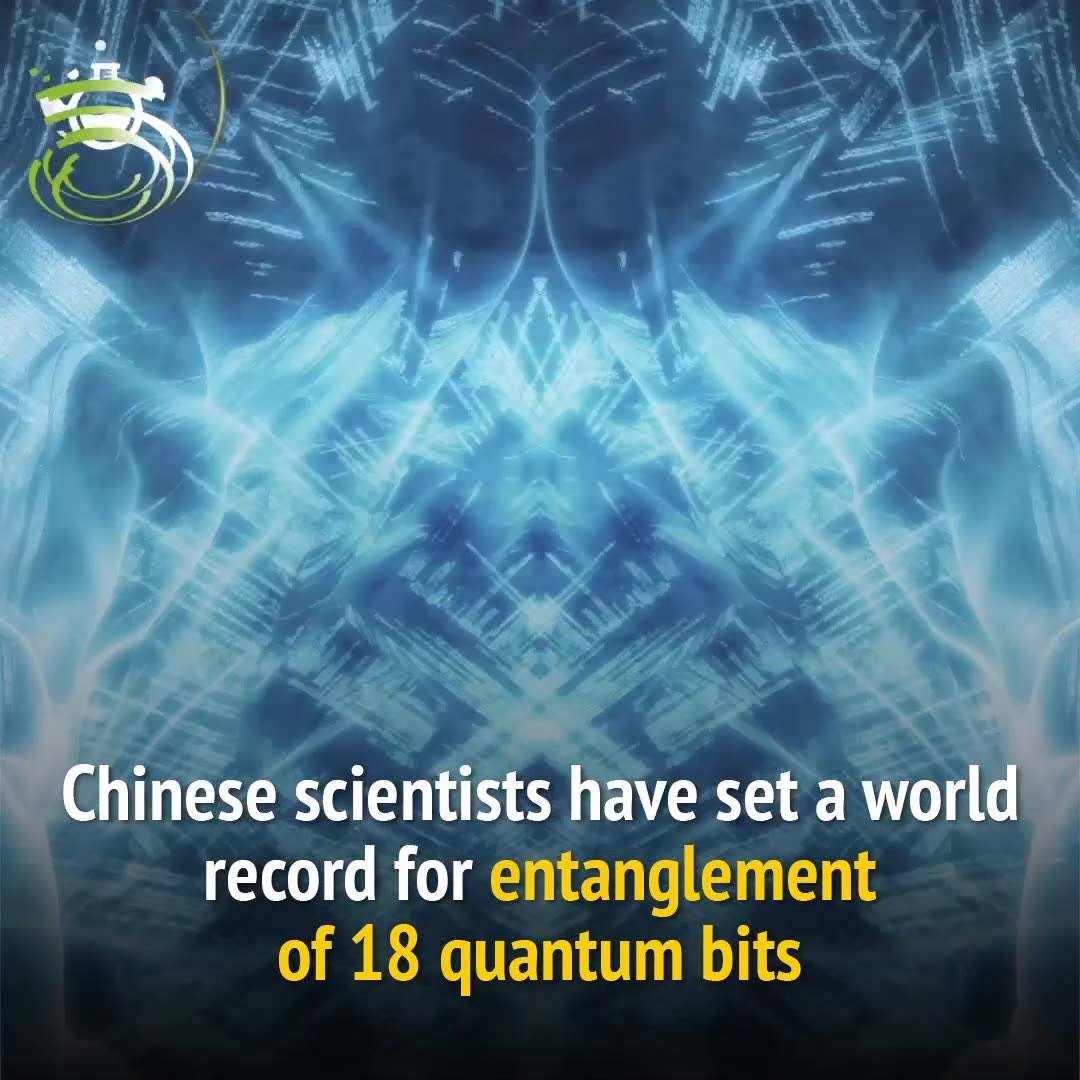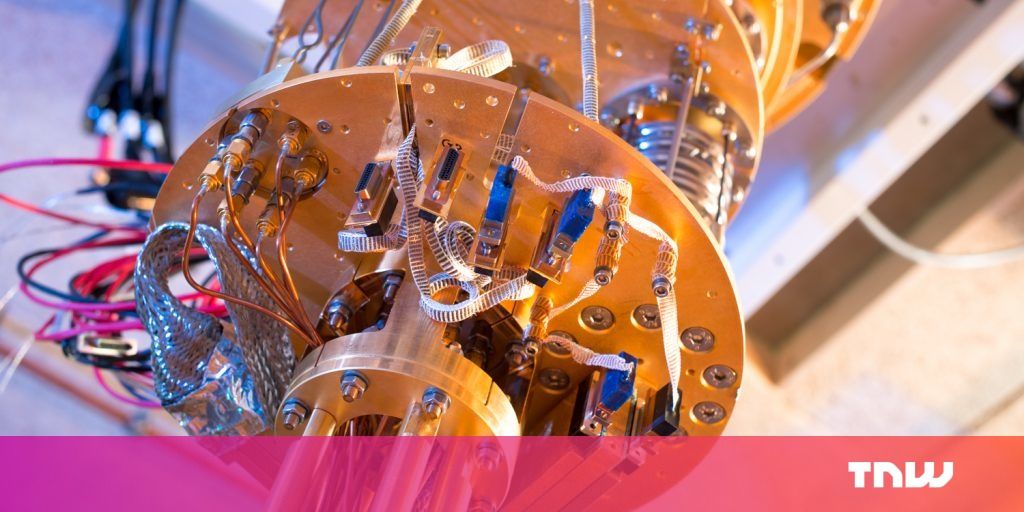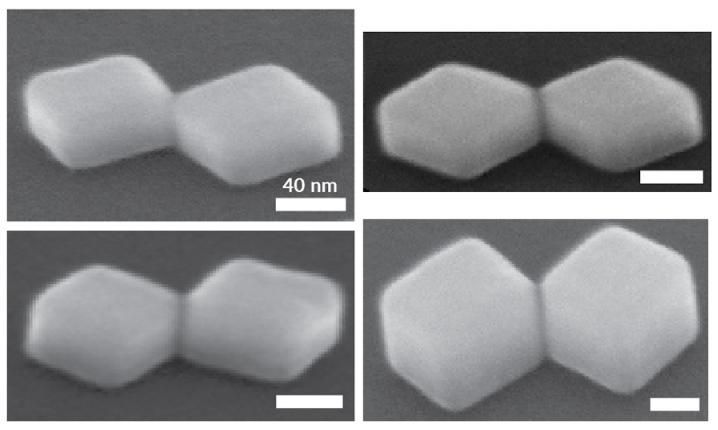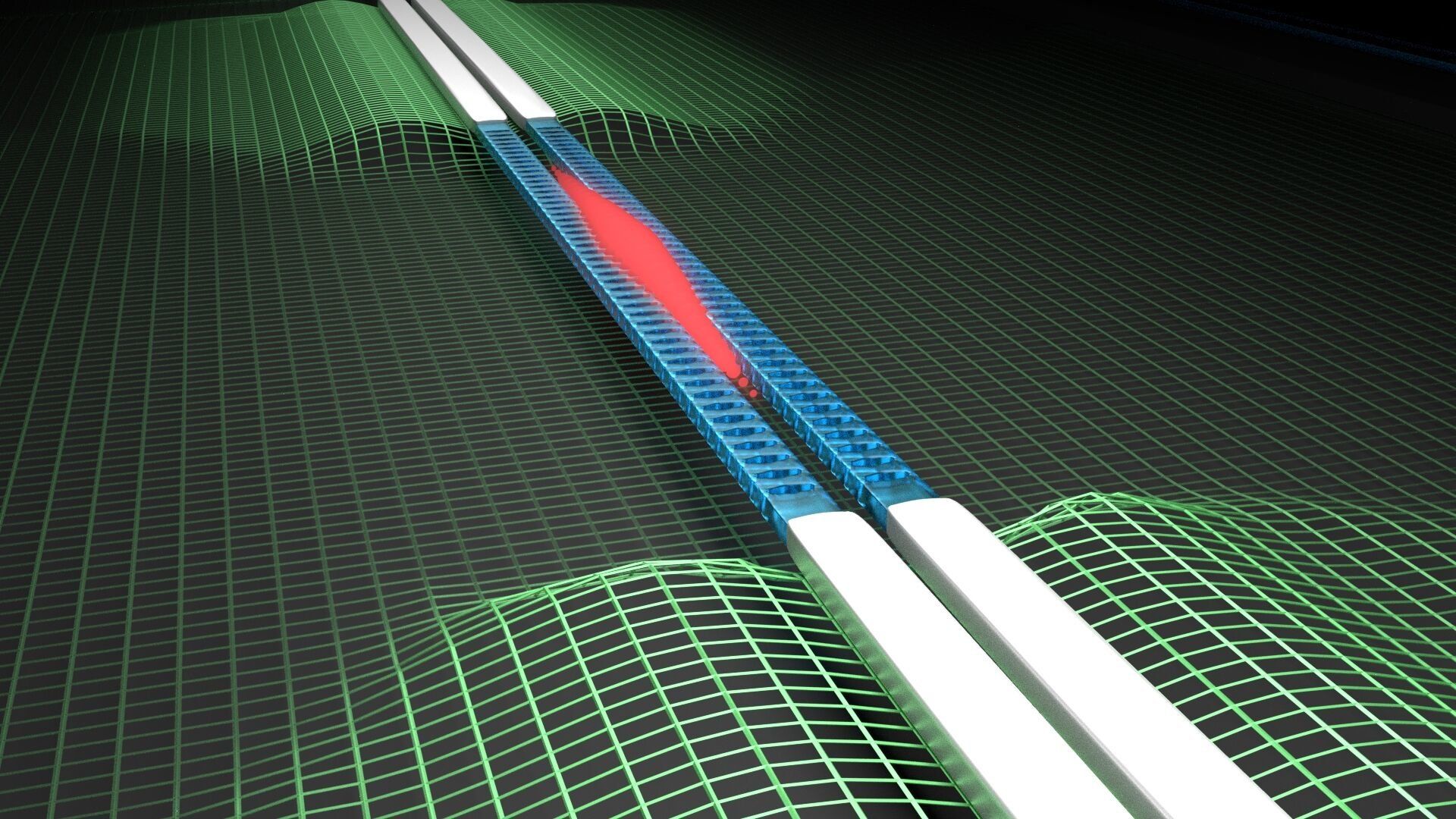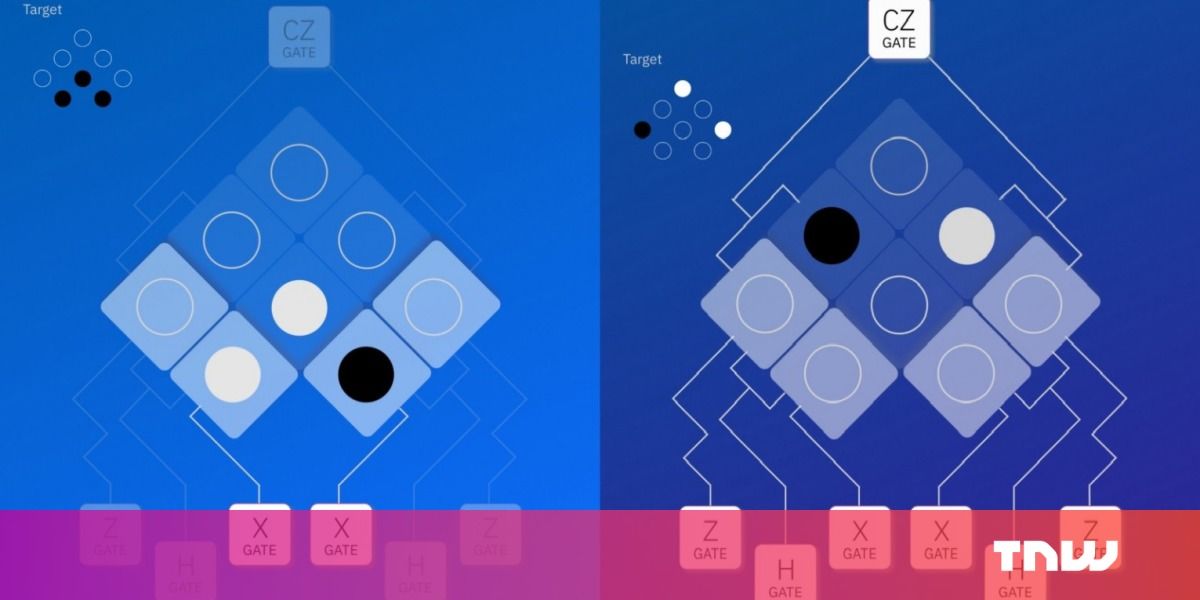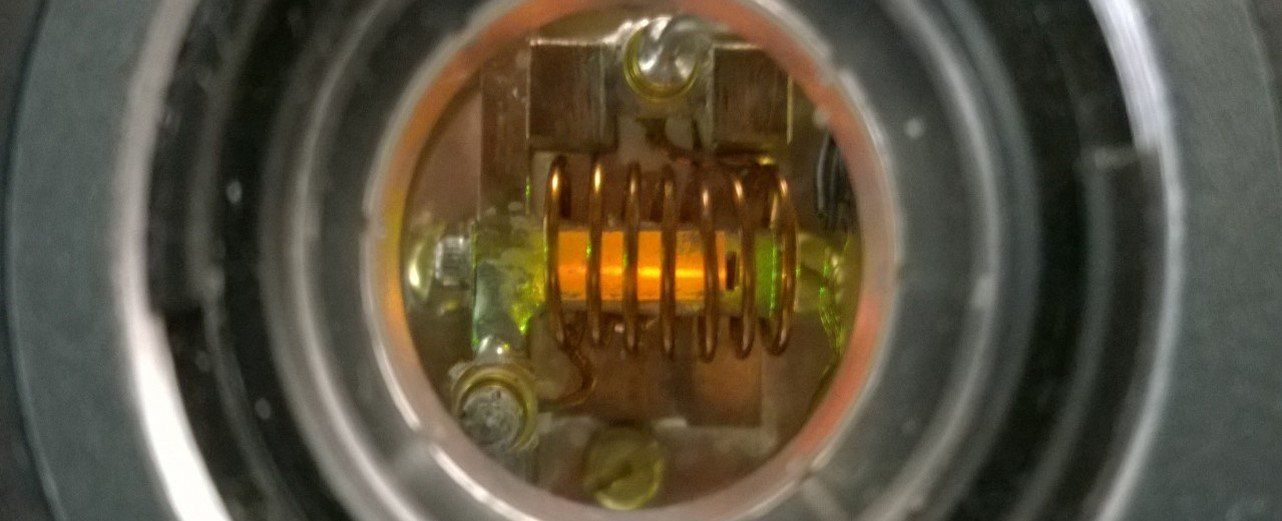Jul 30, 2018
These 9 Incredible Images Are a Mind-Boggling Remind of How Far Technology Has Come
Posted by Shailesh Prasad in categories: computing, internet, mobile phones, quantum physics
Sometimes, while waiting for quantum computers to become a thing, or complaining that your stupid laptop keeps dying on 5 percent battery, it’s easy to forget just how far technology has come over the past 50 years.
Sure, we can all list off a whole bunch of innovations that have changed the way the world works — the Internet, smartphones, radio telescopes — but it’s hard to really put that kind of change into perspective.
Thankfully, pictures often speak louder than words, and so below are nine photos that’ll make you stop and raise your *praise hand* emojis to the sky in honour of the scientists and engineers that have got us where we are today.
